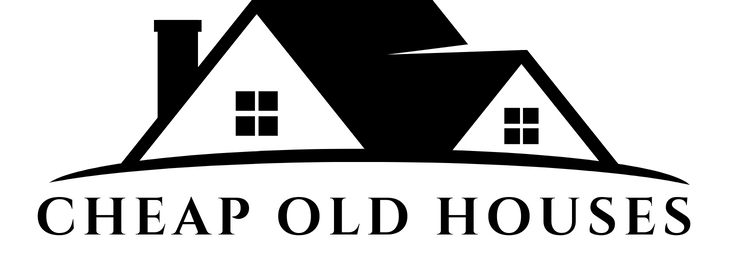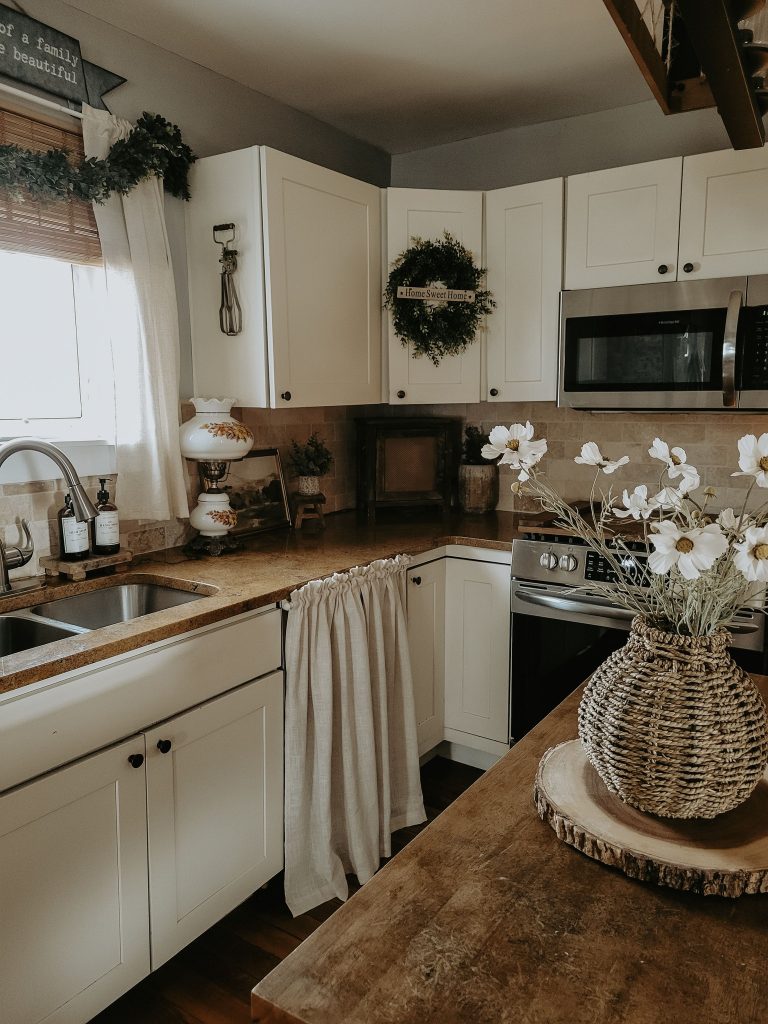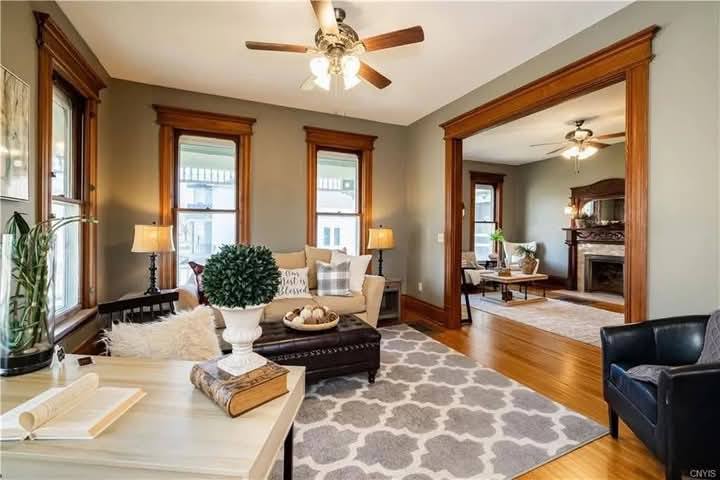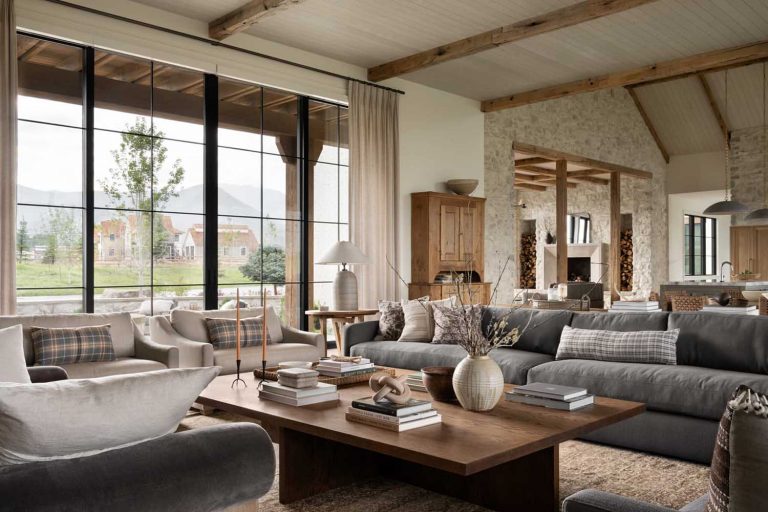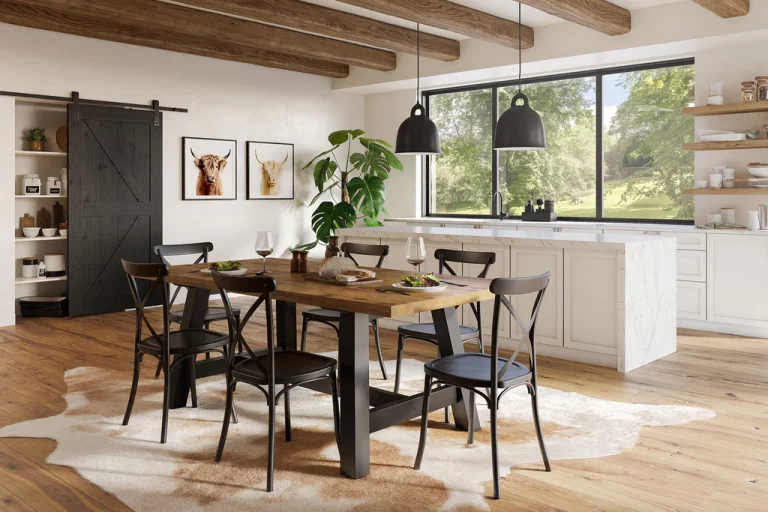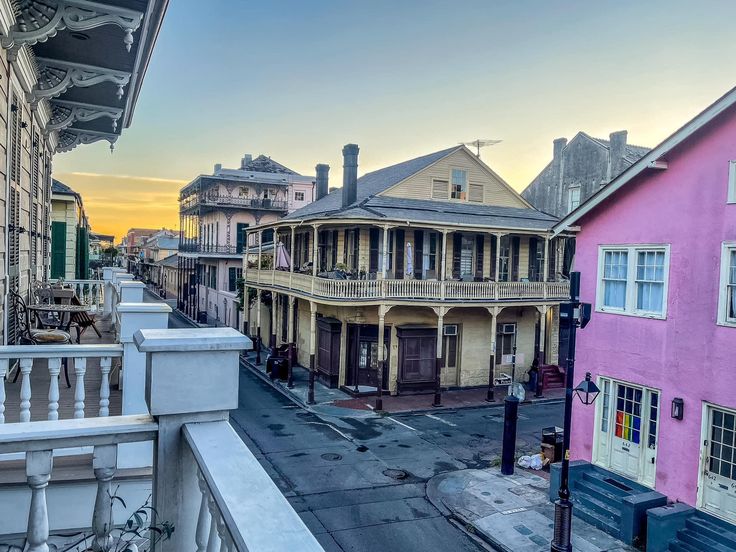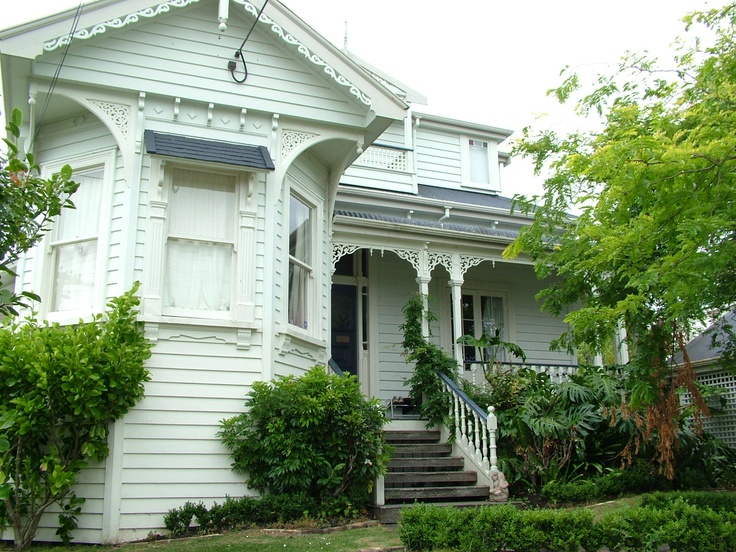Buying an old house is an attractive option but also carries many risks. To minimize these risks and ensure a successful transaction, you should pay attention to the key factors outlined below.
Thoroughly Inspect the Condition of the Old House
Before deciding to purchase an old house, inspecting its condition is a crucial step. You should hire a professional home inspector to identify potential issues such as electrical system problems, leaking roofs, or weak foundations. This will help you avoid unexpected repair costs after purchasing the house.
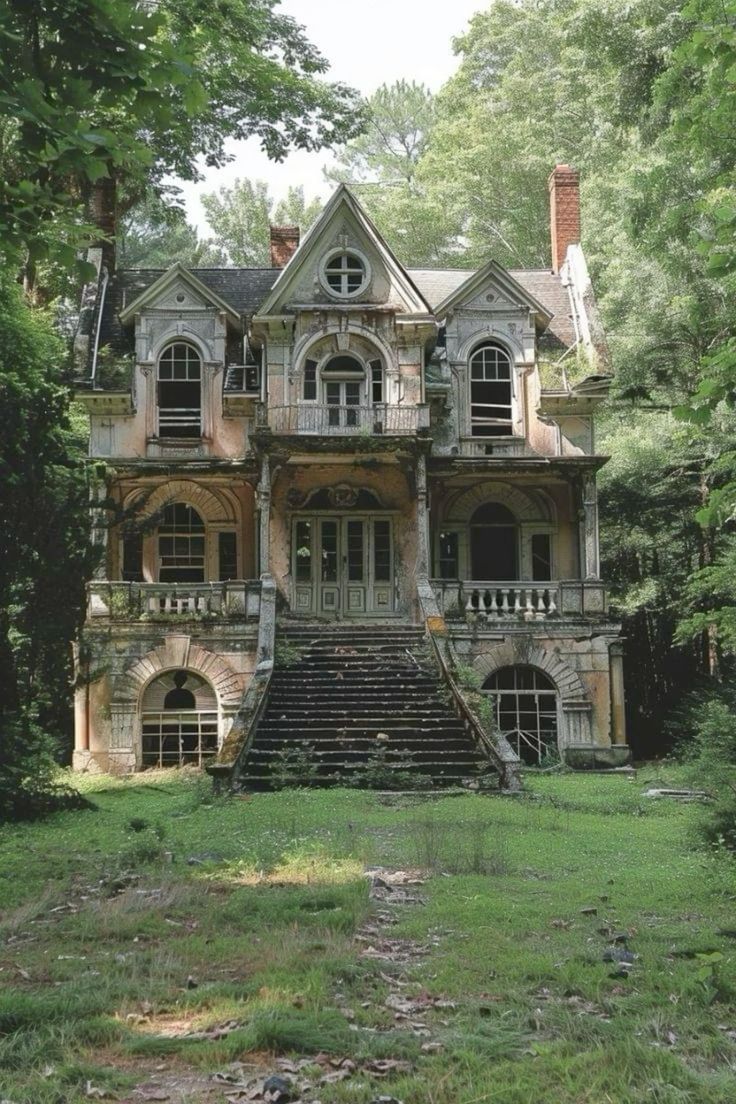
Calculate Repair and Renovation Costs
Although old houses are often priced lower, the cost of repairs and renovations can be quite high. It’s important to set a budget for upgrading the house, from basic repairs to redesigning living spaces. This will help you create a clear financial plan and avoid being overwhelmed by additional expenses.
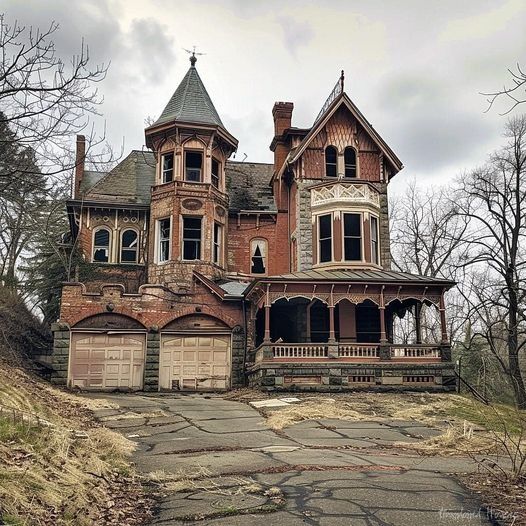
Research the Area and Potential for Value Appreciation
Before buying an old house, research the surrounding area. Locations that are undergoing development or have infrastructure improvement plans can increase the value of the old house over time. This will help you make an informed investment decision.
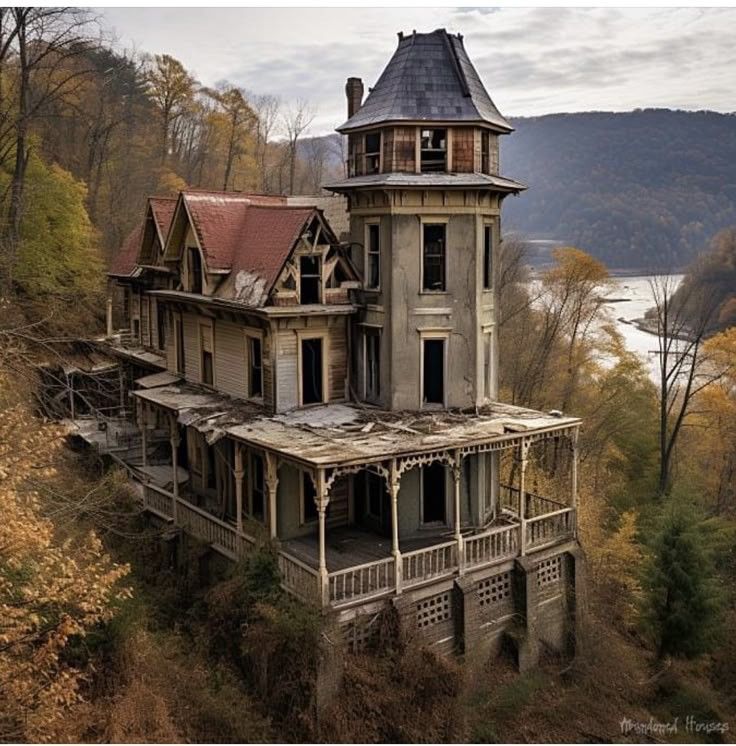
Explore Financial Options
Buying an old house can be a significant investment, so it’s wise to explore financial options such as home loans or financial assistance programs. These supports can ease the financial burden when purchasing an old house.
Buying an old house can be a smart decision if you know how to mitigate risks. Be sure to inspect the house’s condition, calculate repair costs, research the area, and explore financial options to ensure a successful transaction. With the right strategies, an old house can become a profitable investment and the ideal living space for you.
